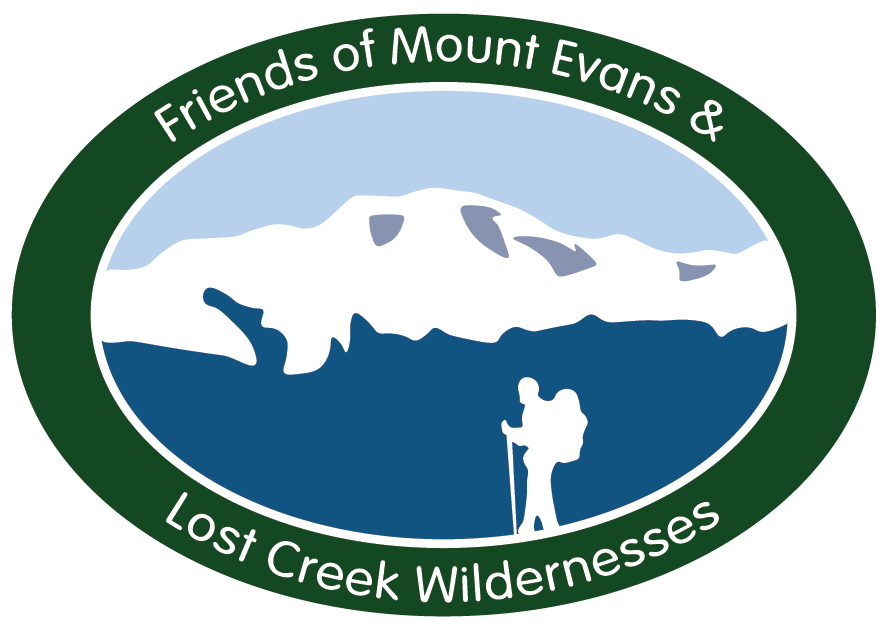tanglewood - trail #636
Beginning Elevation: 9280
High Point: 11960
End Elevation: 11960
Difficulty: Moderate
Length, One Way: 2.9 miles
Seasons: Summer, Early Fall
USGS Quads: Harris Park
Other Maps: Pike National Forest, Trails Illustrated #104
Usage Level: Medium
Access Trailheads: Deer Creek
Connecting Trails: Rosalie, Roosevelt Lakes
Description
The Tanglewood Trail begins in the southeast corner of the Wilderness and climbs north to a saddle on the boundary between the Pike and Arapaho National Forests. From that point the trail continues north as the Roosevelt Lakes Trail and ties into the trails on the east side of the Mount Evans Wilderness.
From the Deer Creek Trailhead, the Tanglewood and Rosalie Trails go west and north up the Tanglewood Creek drainage to a junction just outside the Mount Evans Wilderness boundary. Here the two trails split and the Rosalie Trail bears left up an old logging road, while the Tanglewood Trail continues north along Tanglewood Creek. The trail climbs along Tanglewood Creek, then ascends toward the saddle above. The trail becomes steeper and more strenuous, particularly after leaving the trees. At the saddle between Rosalie Peak to the west and the Pegmatite Points to the east the trail becomes the Roosevelt Lakes Trail and enters the Arapaho National Forest.
TRAIL'S HISTORY
Just when it was constructed is uncertain, but it is likely it developed over time, probably even before the establishment of the National Forest, as a way to access the Upper Bear Creek Basin and Beartrack Lakes from the Deer Creek valley. The lower part of the trail was once a logging road and remnants of an old sawmill can be spotted along the trail.
Back in the day of the growing popularity of motoring, Denver’s Municipal Facts Monthly of July, 1919 mentioned, “An old trail up the creek leads over a low pass on the east side of Rosalie Peak, and drops by easy stages into the Bear Track Lake country, formerly one of the best entrances into that beautiful camping and fishing region. It is a natural route for a road.”
In 2012, the very top of the trail, which had become deeply eroded, was rerouted in a gentle switchback to the east and the old scar was rehabbed to prevent further erosion.


